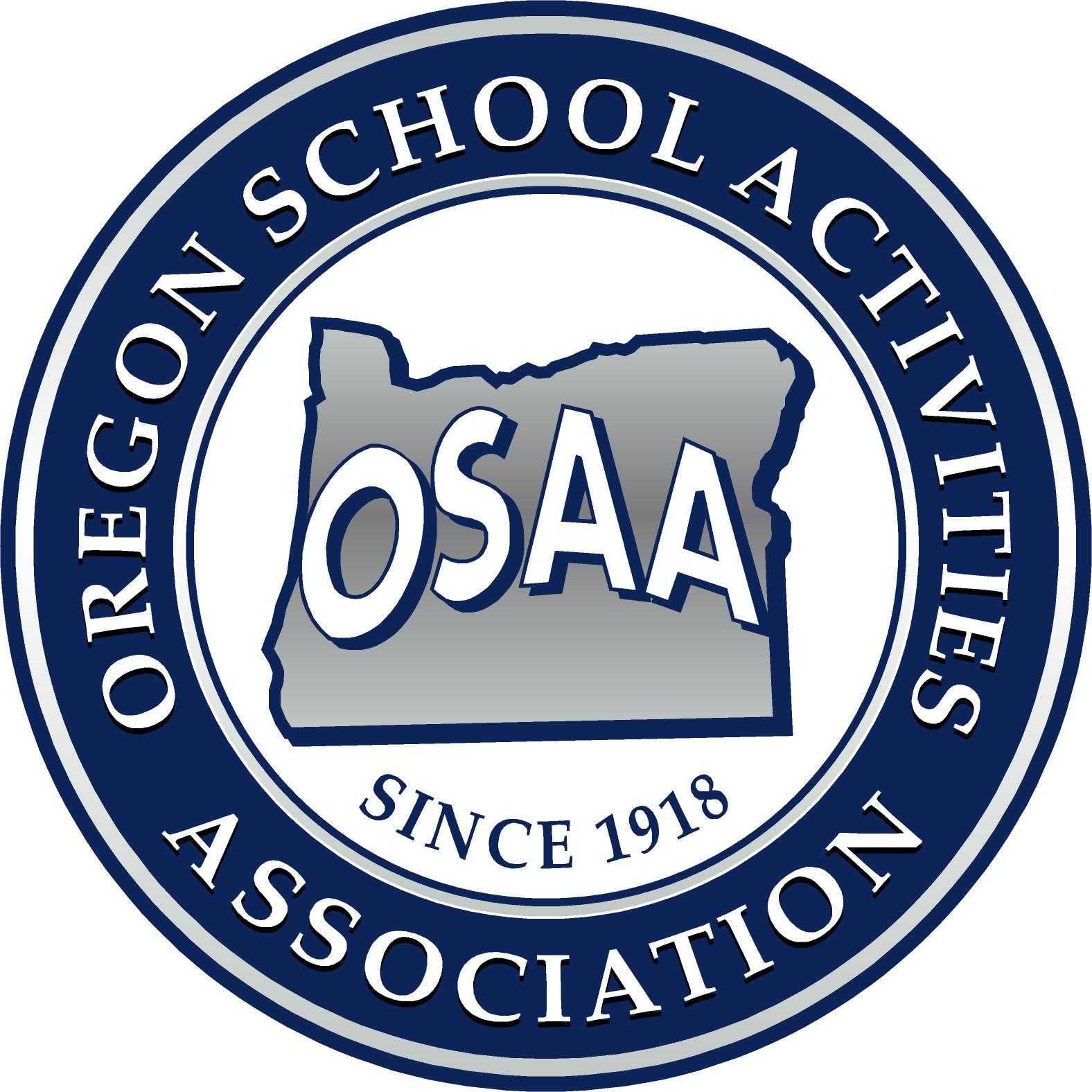
The importance of the OSAA's continued push for schools to develop effective emergency action plans (EAP) came into sharp focus late last month at McMinnville High School.
A boy track athlete collapsed moments after practice at the high school stadium Feb. 26, and after coaches determined he did not have a pulse, they began cardio-pulminary resuscitation and called 911.
McMinnville's athletic trainer used one of the school's 17 automatic external defibrillators (AED) to deliver an electric shock to the boy's heart. Emergency personnel soon arrived and took over CPR, and within two minutes, the boy's pulse returned.
He was transported to Willamette Valley Medical Center, then taken by helicopter to Oregon Health Sciences University Hospital in Portland. He has recovered and returned to school.
It was a textbook case of school personnel using their training for performing CPR and using an AED.
“Extremely proud. Proudest thing I've ever been a part of,” McMinnville athletic director Ryan McIrvin said. “Everything went exactly like you'd want it to happen. I hope it's something we never have to experience again, but it was also a pretty prideful deal.”
Oregon schools have been required to have an EAP since 2015. But having one that is effective – from personnel recognizing an emergency to having an AED in close proximity – is crucial.
“This year we really wanted to focus on the 'action' in emergency action plan,” said Kelly Foster, OSAA assistant executive director. “We want everyone from the administration to the medical personnel, and coaches and players, to know how the plan works.
“There should be a plan whether you're in the gym at a varsity volleyball match or across the street at an elementary school for a JV2 baseball game. We also want them to go one step further and take the time to practice that plan.”
Scott Phoenix, the certification chair for USA Track & Field Oregon officials, said that a key part of an EAP is the positioning of AEDs. Oregon schools are required to have AEDs, but having easy access to one “is a different story,” he said.
“At McMinnville, that was obviously something that they made a decision to have at hand,” Phoenix said. “But you can have something in a building that might not be as accessible as one would want. There needs to be a lot of work to make sure those things are accessible.”
The ability to to recognize a situation and spring into action without hesitation is vital, according to Phoenix.
“People will look at something and they'll want to do some sort of action, but they're hesitant to do that themselves,” Phoenix said. “I think the default method in human beings is to wait for somebody else to go into directive action, and then they'll follow. But we need people to decide that they need to initiate the movement.”
Within 20 seconds after the boy collapsed, McMinnville track coach Jenifer Gubrud was by his side assessing the situation, quickly joined by assistant coaches Jess Gordon and Spencer Payne. Gordon called 911.
The high school's athletic trainer, Kelsey Lamont, was at a girls basketball practice in the gym and arrived on the scene within three minutes. She was wearing the AED that was used on the boy.
Paramedics showed up at the stadium within eight minutes.
McIrvin later went back and watched how it unfolded on the stadium surveillance camera.
“Watching everyone do it, it could not have been more perfect,” he said.
Each season, Lamont reviews EAPs in meetings with McMinnville's head coaches. The plans are specific to each facility on the campus.
The Feb.26 incident occurred on the first day of track practice.
“We've had some programs where we've had simulations, but obviously, first day or practice, we hadn't had a chance to do those things,” McIrvin said. “Which kind of makes everything more impressive.”









